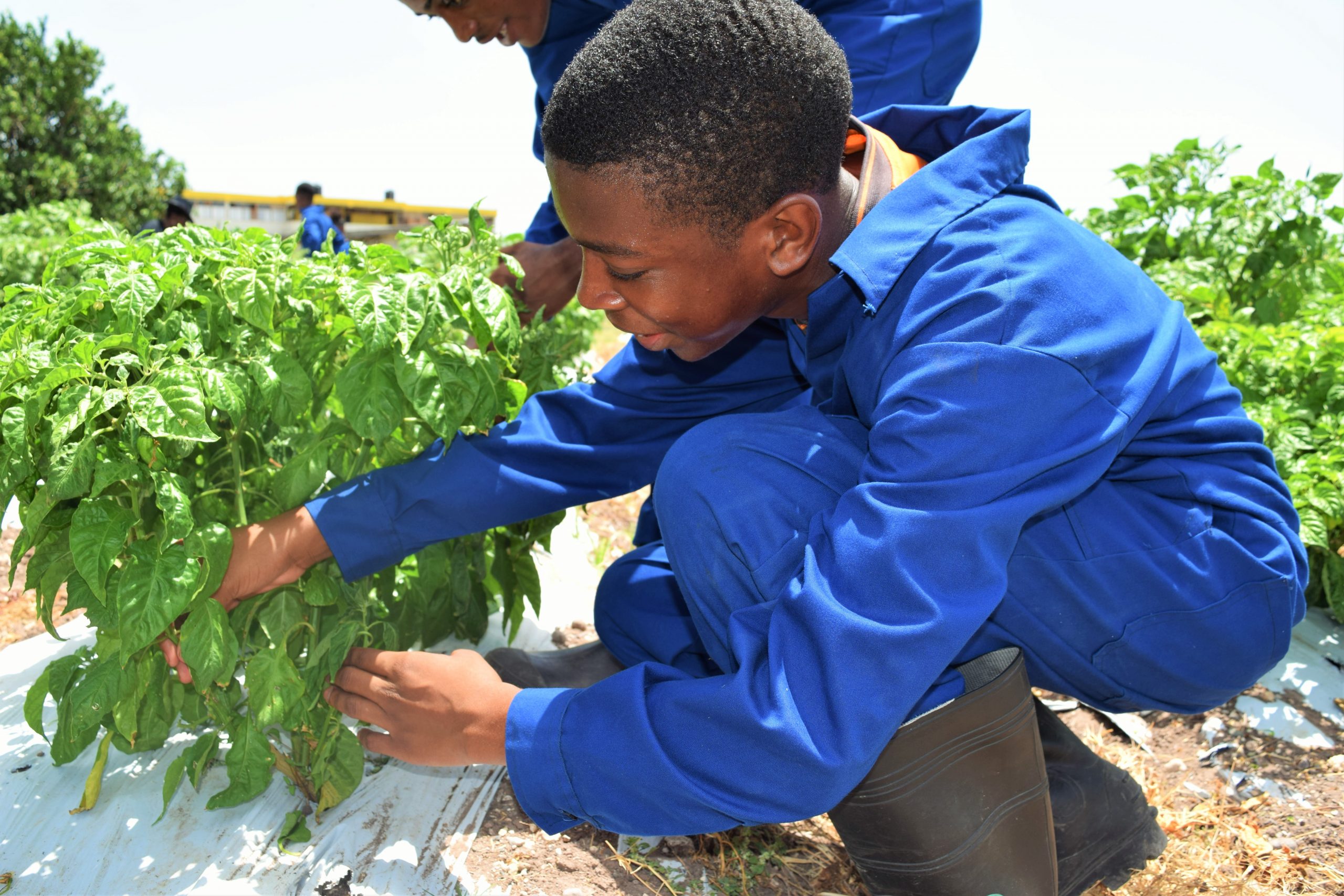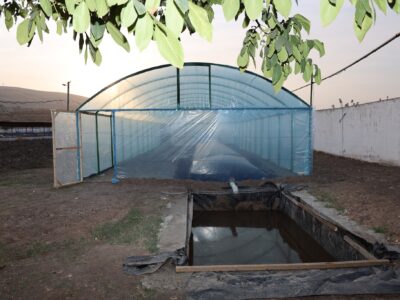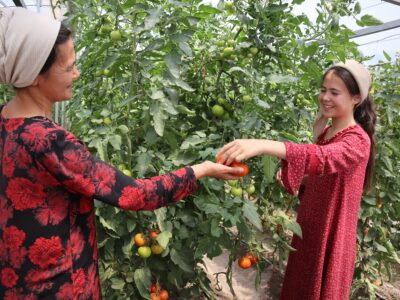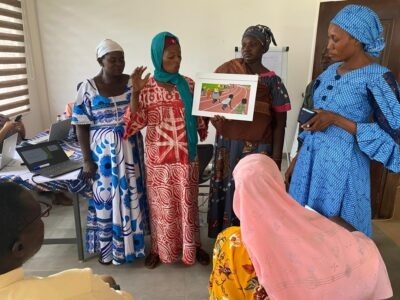
At minutes to 10 a.m. in an already unyielding sun, casual chatter and youthful laughter echo close to the three and half acre agriculture plot of the Garvey Maceo High School. A group of 12 high-spirit students stroll leisurely towards the farm to begin their workday.
Garvey Maceo High School was one of 3 high schools involved in the Youth in Agriculture Enrichment Programme under the previous Ja REEACH project. Two years since the implementation of the program, there has been no looking back for the school. Using the horticulture climate-smart agriculture farmer field school (CSA FFS) curriculum, students and agricultural science teachers participated in training sessions facilitated by the Ja REEACH technical team that significantly enhanced their skills and crop production, while learning and mastering best practices on managing climate risks in the fields.
The school exceeded expectations with their first production cycle, pulling in massive yields of over 24, 000 pounds of scotch bonnet and nearly 1500 pounds of sweet pepper and significant profits to match. Garvey Maceo High School continues to excel via outstanding youth performance in agriculture. Horticulture climate-smart agriculture farmer field school (CSA FFS) experiences have inspired the establishment of students’ own climate-smart agriculture plot. Introducing climate-smart agriculture has allowed them to change their mindset to the traditional practice.
According to Taniesha Thompson this was not always the case: “Before this programme, agriculture wasn’t much fun, I felt like it was all about dirty work and I was not interesting getting my nails dirty. I wasn’t fascinated I didn’t really know the process in which to grow or harvest a crop. I didn’t know it in depth. Looking at how we have transformed the unused land space for pepper production, it has definitely opened our minds and our vision for the school in terms of agriculture,” she continued.
The transfer of knowledge
“One of the most fulfilling aspect[s] of what we do is to be able to help other farmers” pointed out Tashieka Heath, another agriculture student.
“My neighbor had a backyard garden and they weren’t practicing drip irrigation,” chimed in Sharma-Lee Anglin. “Since I came to Garvey Maceo I learn[ed] about [drip irrigation] through the new programme. I introduced my neighbor to drip irrigation instead of using the shower water[…] Right now his garden has a much better look; his seedlings are no longer damaged, and the soil is not so saturated,” she proudly exclaimed.
We need more youth in agriculture
Despite agriculture being one the most viable careers integral to sustainable development, young people in general have not managed to move past the traditional view of this occupation. However, some of the pupils within the agriculture cohort have expressed a newfound appreciation for agriculture not just as a subject but as a feasible career option. Sharma-lee is one such student who shares this outlook.
“I want to have multiple farms. I am an entrepreneur so I have considered going into agriculture. Since I am in the business field, agriculture will compliment my career. Everybody has to eat so instead of opening a department store or shop where there will be a lot of competition, I can reach wide markets with my produce. I can even help with the country food security. We can have more money instead of paying for importation of goods, Sharma-lee rationalized.
The promising bunch also encourage their youth counterparts to consider agriculture as a sustainable alternative.
“This program encourages the younger generation to go more in farming; we could increase production and lessen the burden on the government [for importing food],” opined Taniesha. I would encourage other young people to get interested, get on board, and conduct research. There are a lot of opportunities in agriculture; a lot of women are also getting involved. You have to be educated about agriculture to get the outcome you desire.”
Agricultural science teacher Joy Vincent lauded the Ja REEACH project for its initial intervention in the school’s agricultural program, “Without the Ja REEACH project the expansion would not be possible.”
The school is now in its third production cycle and has diversified crop production significantly. In addition to the scotch bonnet and sweet pepper cash crops, more than two acres of watermelons, cantaloupe, cucumbers and West Indian red peppers are now under cultivation.
“I want to widen the variety of crops that the students are exposed to,” Miss Vincent explained.
Following the expansion, the school is now focused on improving its water storage capacity through the installation of a rainwater harvesting system.








